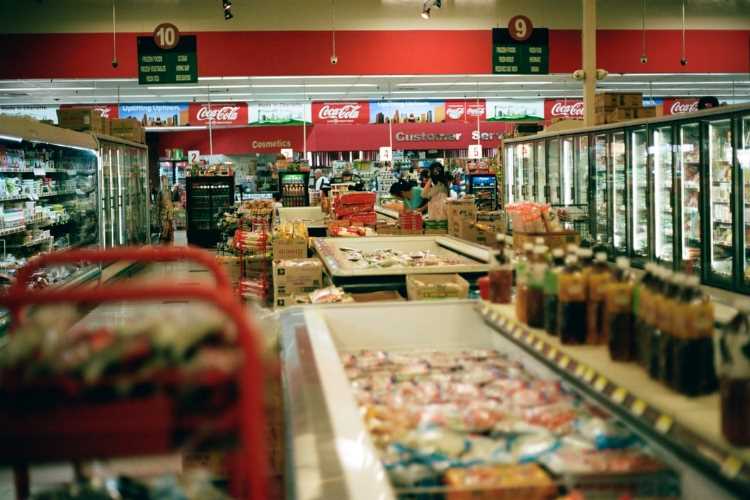
By Raosaheb Mohite and Parashram Patil
India is a surplus producer in several agri commodities. But the country’s farmers do not get remunerative prices because of a lack of investment in cold storages, warehouses, processing units and exports. For a country where a large part of the population is dependent on agriculture for livelihood, it is essential to invest heavily in storage and warehouse facilities. Indian cold storage market is expected to grow at a rate of 16.09% due to the growth in retail, fast food, food processing and e-commerce sectors. Cold storage market in India is worth at least $8.57 billion. Recent changes in the Essential Commodities Act have removed restrictions on the storage of agricultural produce, improving the prospects in this key sector.
Cold storages are key requirements in the post-harvest storage and distribution function of perishable commodities and food products. It facilitates the delivery of perishable agricultural products like fruits, vegetables, meat, fish, poultry, milk and milk-based products from production centres to consumption centres.
READ I RBI will resume rate cut spree sooner than later
The products are stored at low temperatures for short durations ranging from a few days to weeks, and at freezing temperatures for long durations from weeks to months. Frozen foods are popular and are considered closest to fresh produce and preferred over other types of preservation techniques. Perishable agricultural products are stored in cold storages soon after harvest, with or without pre-processing or processing.
Integrated cold chains
Cold storages form the heart of the cold chain business. Besides the storage, the chain includes refrigerated transport, distribution and retail display infrastructure and culminates in a fridge or a refrigerator at a household. A large majority of perishable agricultural and food products go through an end-to-end cold chain before it reaches the end-consumer.
In advanced countries where over 90% of perishable agricultural products and food products go through extensive integrated cold chains, there is little or minimal postharvest losses in terms of quality or value. In developing countries like India, a majority of perishable agricultural produce and food products face high levels of postharvest losses due to insufficient cold storages and cold chains.
READ I All Inclusive Economic Development: The GDP alternative offers a better yardstick
It has been reported that postharvest losses can be substantial, resulting in annual economic losses of at least Rs 1,00,000 crore. Keeping this in mind, the government of India has identified cold chains as a priority sector for investment and has announced financial assistance schemes for private investors in the form of subsidies — 35% for general areas and 50% in Northeast region.
Common storage facilities ideal
About 75% of cold storage units in India are single commodity storages to store potatoes and potato seeds. Storage for other vegetables and fruits continues to face a major shortage. Since storage infrastructure and technologies are capital intensive, costing as much as Rs 5 crore for a storage of 5000 tonne capacity, it is ideal to set up common storage facilities that can be rented out to producers, producer groups, traders, processors and exporters.
Cold storage can be set up as:
- Standalone cold storage
- As part of a cold chain with backward linkages from farm to cold storage
- As part of a cold chain with forward linkages from cold storage to end consumer
- As part of an integrated cold chain with both backward and forward linkages
READ I Social protection in Tamil Nadu: Covid-19 highlights need for universal coverage
Key components of a cold chain
- Backward-integrated cold chain: Pre-cooling, packaging, small cold storage facilities from farm to cold storage
- Forward-integrated cold Chain: Reefer vehicles, large cold-storage facilities, ripening chambers, waxing, and packaging from cold storage to retail or consumer
- Fully integrated cold chain will include components of both A and B (as above)
The demand for frozen goods is increasing by the day, leading to an expansion of the cold storage market. The cold storage sector in agriculture is opening various business opportunities. It will be beneficial to farmers as well as the whole economy. India becoming a self-reliant economy hinges on a robust cold storage industry that will play an extremely important role.

